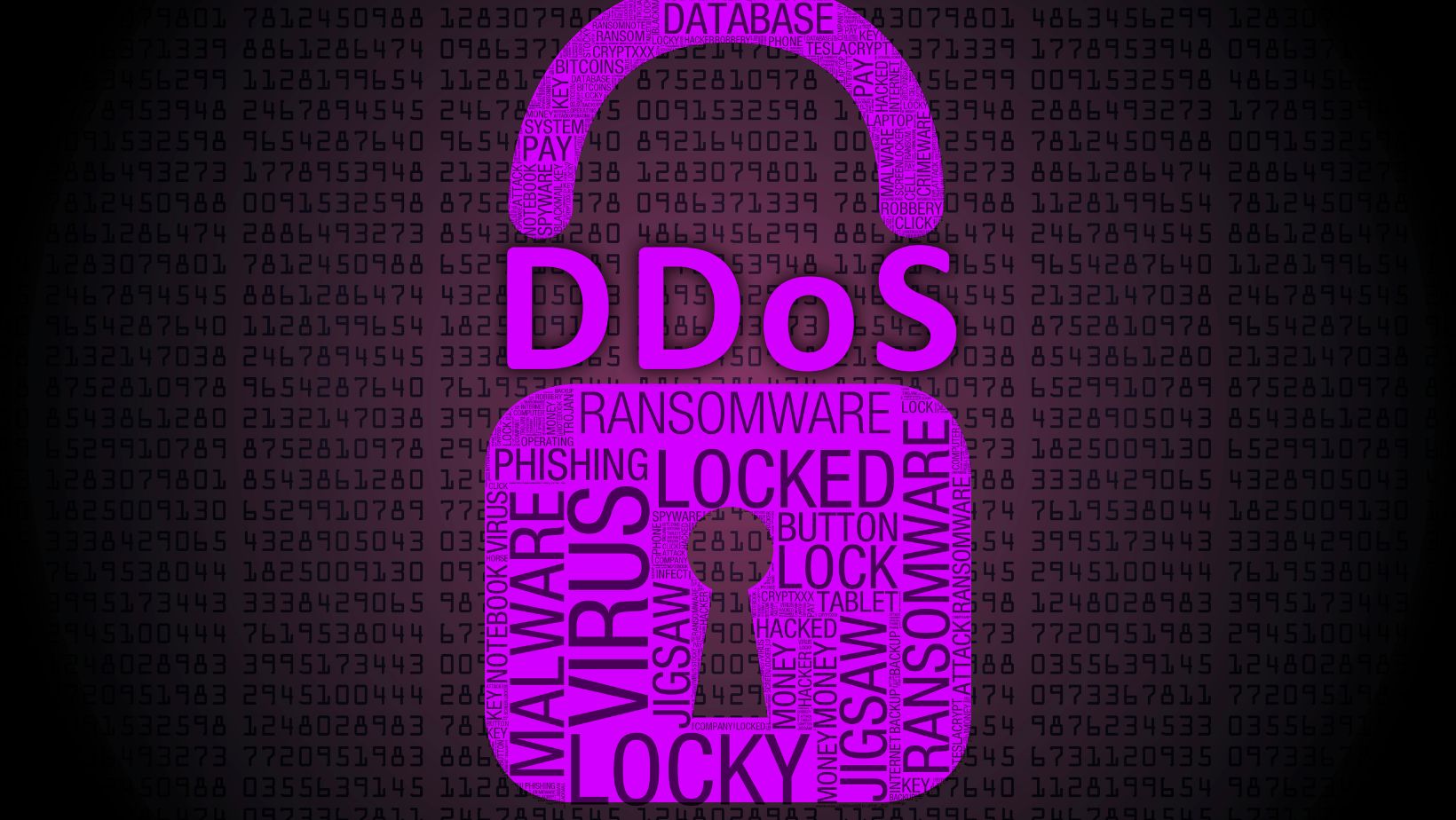DDoS attacks make headlines as the cause of websites or applications malfunctioning too often. Moreover, they cause serious damage, including financial and reputational. On the surface, DDoS attacks look like websites or applications that won’t load, but the potential threat of extracting and using sensitive data for further blackmailing is serious.
Thus, with the prevalence of DDoS attacks, the importance of DDoS protection has increased. The common misconception is that DDoS protection is pricy, and this is not true: you can very well get an affordable DDoS-protected VPS from a reliable vendor. You increase the chances of getting a great solution by knowing more about DDoS protection. And that’s what we will focus on in this article.
Understanding DDoS Attacks
DDoS (or distributed denial-of-service) attacks are aimed at slowing down websites or applications through a flood of traffic from single (using bots) or multiple devices. The goal of attackers is to make a system unavailable to users or to the point where it just stops working.
How DDoS Attacks are Carried Out
A DDoS attack is designed to test the limits of server resources, or applications by forwarding big amounts of traffic. The traffic is usually generated by botnets, which are groups of hacked IoT devices or computers. They overwhelm the target with more traffic than it can handle.
Often, attackers will exploit a specific server vulnerability to perform the attack and get access to the device. If a DDoS attack is successful, the functioning of a website or an overall system is interrupted, and such interruption may lead to reputational or brand damage, frustrated users or customers, and financial losses.
How Does DDoS Protection Work?
DDoS protection comes in many forms, but all take on the challenge of identifying the natural traffic and the potential malicious traffic. You can find DDoS protection based on different techniques including CDN dilution, TCP/UDP Proxy, and clean pipe methods.
CDN Dilution Method
Content Delivery Network (CDN) is a network aimed at distributing content through servers in proximity to users. It is used to shorten the time it would take for the original server to respond to requests from users.

CDN can resist DDoS attacks in several ways. First, CDN is associated with more extensive bandwidth due to the many servers included in its network; having bigger bandwidth allows for lowering the threshold of overwhelm that DDoS attacks forward to servers. Second, it is very difficult to disrupt the functioning of the original server since it doesn’t answer users’ requests directly.
CDN dilution method basically involves using a CDN when managing your website or applications, and it offers a great deal of DDoS protection; however, it doesn’t mitigate all risks.
Clean Pipe Method
The idea behind a clean pipe method is to install a “pipe” on a channel of incoming traffic to filter it. The so-called pipe differentiates generic and natural traffic and lets the safe one in.
This method is rather popular and is offered by many providers as the main measure of dealing with DDoS attacks. The clean pipe method, however, has its drawbacks, such as it being quite expensive and complex to deploy, and it relies on software that can spot malicious traffic. It also shows low efficacy against DDoS attacks of the 7th layer. The clean pipe method is considered a starting point for protection from DDoS attacks.
Among its advantages is its support and protection coverage for different applications.
TCP/UDP Proxy Method
TCP/UDP-based proxy is designed to cover vulnerabilities associated with SSH access, different email services, etc.
It works in a similar way as a CDN dilution; however, in this method, data is sent to a reverse proxy that will identify and filter malicious traffic.
Benefits of DDoS Protection
There are many benefits to DDoS protection, which determine the reasons why businesses should use it to ensure their successful operation. The following are the main ones:

- Protection against data stealing. DDoS attacks themselves aren’t aimed at data theft, but they can be used as a distraction: hackers may try stealing your data while your team is busy mitigating the tangible threat. DDoS protection reduces the chances of compromising sensitive data.
- Securing the uptime. DDoS attacks can cause prolonged downtime, which then is the reason for revenue losses and reputational damage. Using DDoS protection minimizes the risk of downtime and the potential consequences associated with it.
- Avoiding reputational damage. DDoS attacks and the functional disruption they cause can result in damaging the reliability of your brand. When your system allows exploiting vulnerabilities, your users or customers get the idea that their data is not sufficiently protected by you, which can result in a decrease in the popularity of your product or services.
- Compliance with industry standards. Certain industries impose regulations regarding the mandatory use of DDoS protection to keep customer data safe. DDoS protection can help your business get the necessary safety certifications, which, in turn, can benefit the reputation of your brand.


More Stories
Crypto And Cards: The Fusion Of Blockchain And Betting
Tool Overload: Why Less Software Sometimes Means More Progress
Why AI-Driven Compliance Monitoring Is the Key to Proactive Risk Management